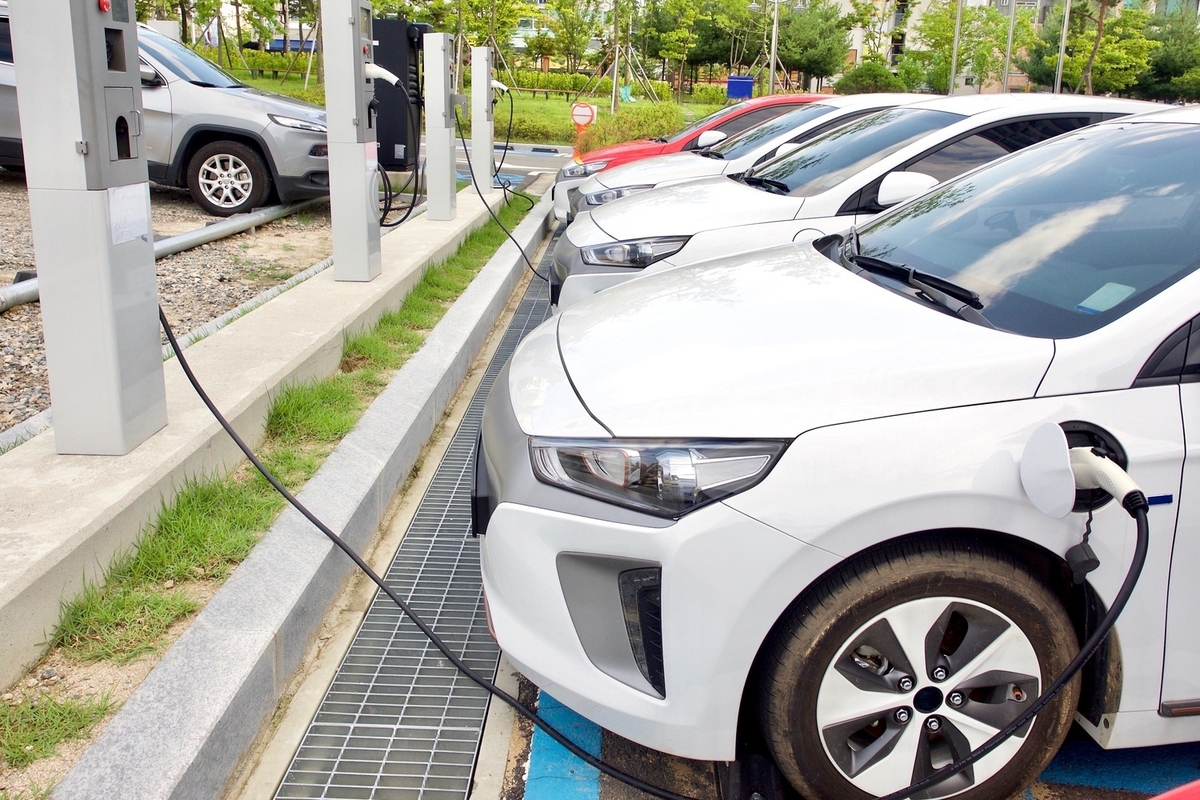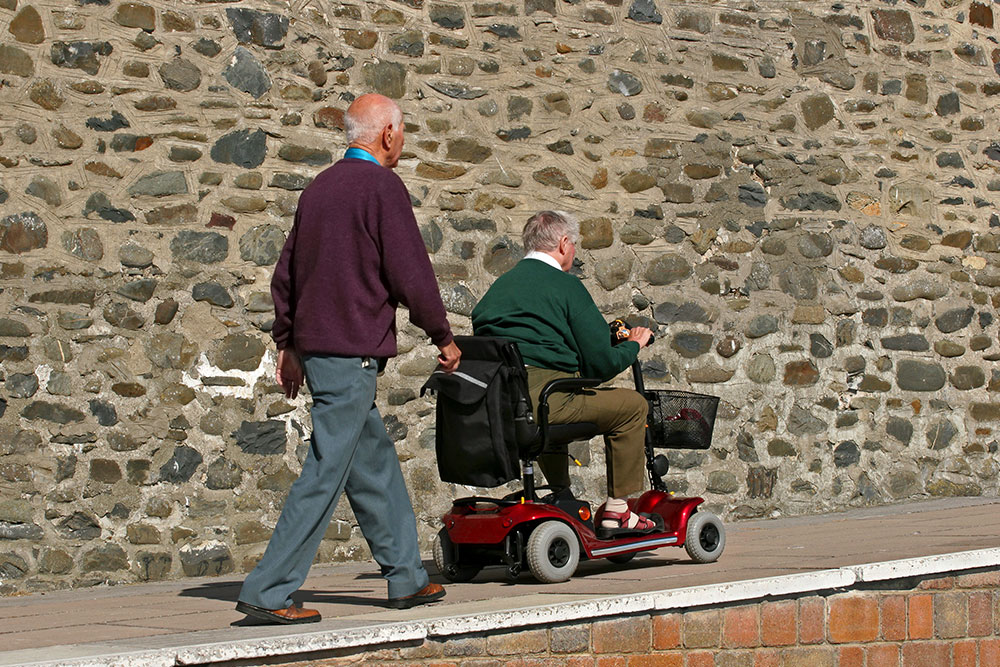Mini Electric Cars: Compact and Eco-Friendly Urban Mobility Solutions
This article explores the rise of small electric vehicles, highlighting their affordability, compact design, and environmental benefits for urban mobility. It reviews leading models like BMW Mini Electric, Fiat 500 Electric, and Citroën Ami, emphasizing their features, costs, and suitability for city living. The future of micro EVs includes technological advances and growing demand for sustainable transportation solutions, making these tiny cars essential for reducing urban congestion and pollution while providing economical commuting options.

Mini Electric Cars: Compact and Eco-Friendly Urban Mobility Solutions
Tiny electric vehicles are transforming city transportation by emphasizing eco-friendly design and efficiency. While larger EVs like Tesla attract attention, smaller models known as "micro" electric cars are increasingly popular in urban areas. These affordable, lightweight vehicles are perfect for city living, offering nimbleness, cost savings, and environmental benefits. This article explores the benefits of compact EVs, highlights top models, and examines factors driving their surge in metropolitan markets.
Reasons for growing popularity of small electric cars
Compact electric vehicles appeal to consumers seeking economical, space-efficient, and sustainable transportation options.Several factors boost their appeal:
Size and maneuverability
Their small size allows easy navigation through crowded streets and effortless parking in tight spots. Reduced weight enhances battery efficiency and driving agility.
Lower costs
These cars are generally priced more affordably, making them accessible to city residents and budget-conscious buyers.
Economical operation
Electric power significantly cuts fuel expenses, and maintenance is simplified due to fewer mechanical parts, lowering long-term costs.
Environmental advantages
Like all EVs, tiny models emit no tailpipe pollutants, contributing to cleaner urban air and lower greenhouse gas emissions.
Ideal for urban environments
Their compact size makes them easy to park, maneuver, and suitable for short daily commutes typical in crowded cities.
Key features of micro electric vehicles
These vehicles typically include features aimed at enhancing city mobility and ecological sustainability:
Energy-efficient motors
Small motors paired with limited battery capacities focus on urban-range performance and conserving energy.
Connected technology
Many models incorporate smart features like smartphone apps for remote management, navigation, and locating charging stations.
Zero emissions
They produce no exhaust pollutants during operation, aiding urban air quality improvement.
Sleek, minimalistic design
Their simple, efficient designs often feature seating for two or four, emphasizing function over form.
Popular micro EV options
Several automakers now offer or plan to release small EVs tailored for city dwellers. Here’s an overview of some notable models, with details on features, pricing, and specifications.| Brand | Model | Price Range (USD) | Range per Charge (Miles) | Max Speed (mph) | Charging Time | Seating Capacity | Key Features |
|---|---|---|---|---|---|---|---|
| BMW | Mini Electric | $29,900–$33,000 | 110–145 | 93 | 4–6 hours (Level 2) | 4 | Chic design, premium tech, sporty handling |
| Fiat | Fiat 500 Electric | $25,000–$34,000 | 180–190 | 93 | 4 hours (Level 2) | 4 | Retro style, efficient performance, city-oriented |
| Honda | Honda e | $35,000–$40,000 | 137 | 93 | 5 hours (Level 2) | 4 | Futuristic interior, connectivity features, fun to drive |
| Smart | Smart EQ ForTwo | $24,000–$27,000 | 58–80 | 81 | 3–4 hours (Level 2) | 2 | Small footprint, easy parking, perfect for tight urban spots |
| Chevrolet | Chevrolet Spark EV | $13,000–$17,000 | 82 | 90 | 7 hours (Level 2) | 4 | Affordable, reliable for short distances, low maintenance |
| Citroën | Citroën Ami | $7,000–$8,000 | 43 | 28 | 3 hours (Level 2) | 2 | Ultra-compact, budget-friendly, city mobility innovator |
Highlights of top small EVs
1. BMW Mini Electric
Price: $29,900–$33,000
Range: 110–145 miles
Top Speed: 93 mph
Charging Time: 4–6 hours (Level 2)
Seats: 4
The BMW Mini Electric combines a modern take on the classic Mini look with sporty handling and advanced features, making it ideal for urban drivers who want style and sustainability.
2. Fiat 500 Electric
Price: $25,000–$34,000
Range: 180–190 miles
Top Speed: 93 mph
Charging Time: 4 hours (Level 2)
Seats: 4
The iconic Fiat 500 reimagined as an EV offers retro appeal and dependable city performance, making it perfect for urban commuting.
3. Honda e
Price: $35,000–$40,000
Range: 137 miles
Top Speed: 93 mph
Charging Time: 5 hours (Level 2)
Seats: 4
Featuring a futuristic design, the Honda e delivers a tech-rich interior and lively urban driving experience for city dwellers.
4. Smart EQ ForTwo
Price: $24,000–$27,000
Range: 58–80 miles
Top Speed: 81 mph
Charging Time: 3–4 hours (Level 2)
Seats: 2
Small and agile, the Smart EQ ForTwo is suited for narrow streets and tiny parking spaces, making urban commuting a breeze.
5. Citroën Ami
Price: $7,000–$8,000
Range: 43 miles
Top Speed: 28 mph
Charging Time: 3 hours (Level 2)
Seats: 2
The Citroën Ami is an ultra-affordable microcar designed specifically for city trips, providing practical mobility in a compact size.
Future outlook for micro electric vehicles
As urban centers pursue eco-friendly transportation solutions, demand for small electric cars is expected to grow. Rapid advancements in battery tech and increased environmental awareness are encouraging automakers to develop smarter, more efficient, and affordable city EVs. These compact vehicles will likely play a significant role in reducing city congestion and pollution while offering economical commuting options and sustainable mobility for urban populations.Blending small dimensions, affordability, and zero emissions, micro electric cars are poised to reshape city transportation and promote sustainable development worldwide.


